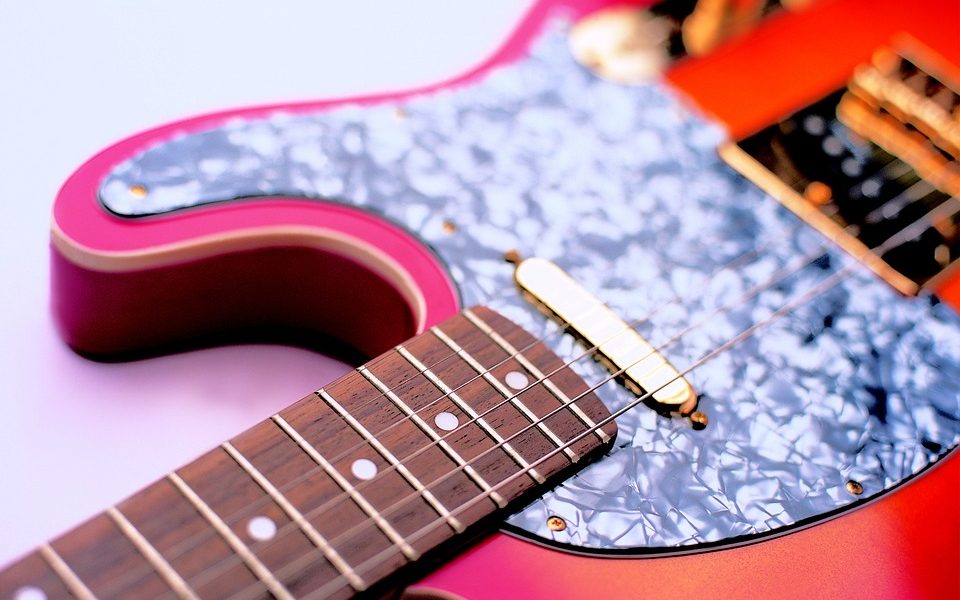A Beginner’s Guide to Guitar Amps: Everything You Need to Know
A Beginner’s Guide to Guitar Amps: Everything You Need to Know
If you’re a beginner guitarist, one of the most important pieces of equipment you’ll need to understand is the guitar amp. A good amp can make a huge difference in your tone and overall sound, so it’s important to know what to look for when shopping for one. In this guide, we’ll cover everything you need to know about guitar amps, from the different types to important features to consider.
Types of Guitar Amps
There are several different types of guitar amps to choose from, each with its own unique sound and features. Here are some of the most common types:
1. Tube Amps: Tube amps are known for their warm, rich tones and are favored by many professional guitarists. They use vacuum tubes to amplify the signal from your guitar, which gives them a classic sound that’s hard to replicate with other types of amps.
2. Solid-State Amps: Solid-state amps use transistors to amplify the signal, rather than tubes. They tend to be more affordable and reliable than tube amps, but they don’t always have the same warmth and depth of tone.
3. Modeling Amps: Modeling amps use digital technology to replicate the sound of different types of amps and effects. They’re a great option for beginners who want to experiment with different tones without having to invest in multiple amps.
4. Hybrid Amps: Hybrid amps combine the warm tone of a tube amp with the reliability of solid-state technology. They often have a tube preamp section and a solid-state power amp section, giving you the best of both worlds.
Important Features to Consider
When shopping for a guitar amp, there are several important features to consider:
1. Wattage: The wattage of an amp determines how loud it can get. For practice at home, a lower-wattage amp is usually sufficient, but if you plan on playing in a band or gigging, you’ll need a higher-wattage amp to compete with other instruments.
2. Channels: Many amps have multiple channels, allowing you to switch between clean and dirty tones with the push of a button. This can be a useful feature for experimenting with different sounds.
3. Effects: Some amps come with built-in effects like reverb, delay, and distortion. These can be handy for beginners who don’t have a lot of pedals yet, but more advanced players may prefer to use external effects for more control over their sound.
4. Size and Portability: Consider where you’ll be using your amp most often. If you need something small and portable for practice at home or on the go, a compact amp might be the best option. If you plan on gigging, you’ll want a larger amp with plenty of power.
Tips for Getting the Best Sound
Once you’ve chosen an amp, there are a few tips to keep in mind to get the best sound possible:
1. Experiment with different settings: Play around with the EQ, gain, and volume controls on your amp to find the sound that works best for you. Don’t be afraid to try different combinations to see what you like.
2. Use pedals: Adding pedals to your setup can help you customize your sound even further. A basic setup might include a tuner, overdrive, and delay pedal, but feel free to experiment with different effects to find your signature sound.
3. Listen to professionals: Take inspiration from your favorite guitarists and pay attention to the gear they use. While you don’t need to copy their setup exactly, it can be helpful to see what kinds of amps and effects they prefer.
4. Practice, practice, practice: No matter how good your amp is, it won’t make up for lackluster playing. Put in the time to practice and hone your skills so that you can make the most of your amp’s capabilities.
Conclusion
A guitar amp is an essential piece of equipment for any guitarist, and choosing the right one can make a big difference in your sound. By understanding the different types of amps, important features to consider, and tips for getting the best sound, you can make an informed decision when shopping for an amp. With the right amp and some dedication to practice, you’ll be well on your way to developing your own unique sound as a guitarist.






